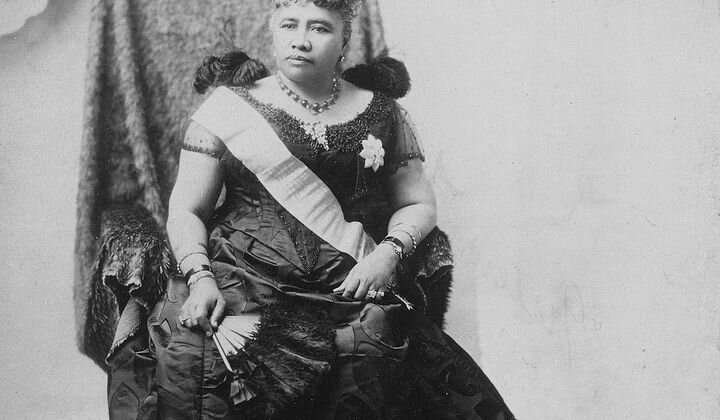Liliʻuokalani, born Lydia Kamakaaeha, was the queen and last ruling monarch of the Kingdom of Hawaiʻi. She was the first and only queen to rule the Hawaiian islands, reigning from 1891 until they were seized and stolen by the imperial government of the United States of America. Liliʻuokalani ascended to the throne in 1891 after the death of her brother. By the time she would rule, much of the monarchy’s power had been dissolved by a new constitution that favored mostly white wealthy landowners and elite businessmen who resided on the island. In the 1800s, pineapple and sugar production in Hawaii was a booming business; much of the wealth and production was owned by white, U.S. businessmen who were constantly at odds with the Hawaiian monarchy and wanted Hawaiʻi to become a part of the United States to protect their financial interests. When Liliʻuokalani’s brother, David, was king, he was forced at gunpoint by white militia to sign the Bayonet Constitution; it not only limited the monarchy’s power, but also stated that only Hawaiian and white men who were wealthy had the ability to vote. When Liliʻuokalani became queen, she rejected the new “constitution” and proposed her own that restored full power to the Hawaiian monarchy and voting rights for the poor.


Comments (0)